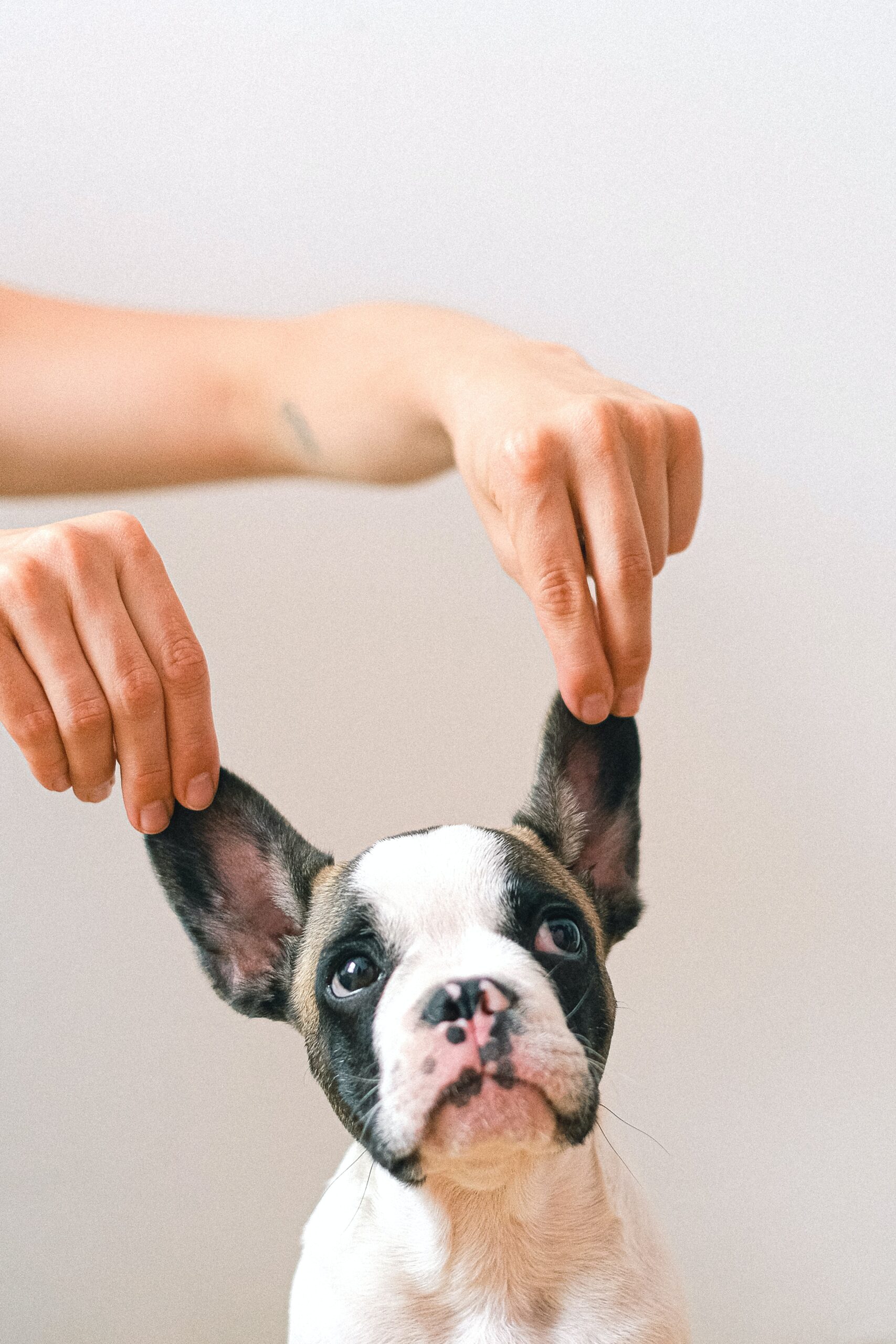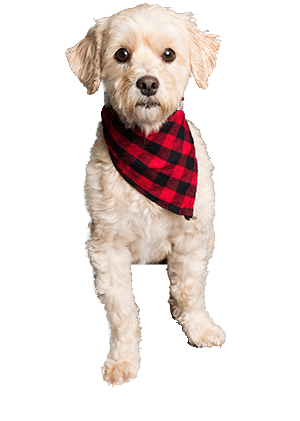Ancient Puppy Mystery Solved by Scientists After 14,000 Years
The world of archaeology and paleogenomics just got more exciting! The revelation of a 14,000-year-old puppy mystery has sent ripples through the scientific community. Found in Siberia, this ancient puppy, belonging to a remarkably preserved species, has long puzzled scientists. But now, crucial findings are shedding light on the cloudy past of this prehistoric creature. In this article, we unearth how science finally cracked this age-old enigma.
The Initial Discovery
The icy landscapes of Siberia have always been a rich tapestry of ancient life, waiting to be unveiled. The discovery of the puppy’s remains in a picturesque ice-encased terrain was nothing short of a breakthrough. It was not just an archaeological treasure but also a biological time capsule dating back to the Pleistocene era. The puppy, found in pristine condition, sparked curiosity about its origins and its role in the prehistoric ecosystem.
A Window into the Past: What Makes This Discovery Special?
Several factors make this discovery captivating:
- Preservation State: The remarkably well-preserved condition of the puppy allowed scientists a rare glimpse into the Pleistocene epoch’s living organisms.
- Genetic Insights: This puppy provided a critical link between ancient canines and their modern counterparts, helping trace evolutionary paths.
- Cultural Significance: Studies of domesticity patterns amongst ancient human populations could be influenced by understanding their relationship with such canines.
The Science Behind the Mystery
Advanced Technologies Unveiling Ancient Secrets
Understanding this puppy was by no means a straightforward endeavor. It required the convergence of archaeology, genetics, and advanced technology. Cutting-edge genetic sequencing played a pivotal role in decoding the DNA, revealing astonishing aspects of this ancient breed.
**Here’s how science triumphed:**
Genetic Sequencing: Researchers used next-generation sequencing to unravel the puppy’s DNA. This advanced technique translated its ancient genetic code into understandable data.
Comparative Analysis: By comparing this DNA with that of modern dogs and wolves, scientists could precisely place where this puppy’s species fits on the canine family tree.
Isotope Analysis: This offered insights into the diet and habitat of the creature, and its interactions with the environment it inhabited thousands of years ago.
The Mystery Solved: Connecting Ancient and Modern Canines
The unraveling of this genetic puzzle highlighted the evolutionary journey from ancient wolves to the beloved domestic dogs of today. Here are the striking conclusions drawn:
- Ancestral Lineage: The puppy’s DNA pointed to an ancient wolf-like ancestor, showing unique markers not prevalent in any existing dog or wolf lineage.
- Population Insights: Variants in the genetic makeup indicated distinctive populations of early canines, suggesting diverse branches of the evolutionary tree of modern dogs and wolves.
- Domestication Clues: Evidence suggests the coexistence of humans and these ancient dogs, paving the way for further insights into the origins of the human-canine bond.
The Implications of This Discovery
The findings are not just revelations in the academic sphere but hold several implications:
Understanding Evolution: This discovery aids in painting a comprehensive picture of canine evolution, contributing to broader evolutionary biology.
Cultural Impact: If these ancient canines were part of human communities, our understanding of early human culture and social structure could be reshaped.
Ecological Insights: Learning about the habitats and diets of these animals provides important clues about the prehistoric environment they thrived in.
Future Research Directions
This milestone in paleogenomic research is a stepping stone for future explorations. The scientific community is buzzing with possibilities:
- Broadening Genetic Studies: Employing similar genetic techniques on other well-preserved specimens could further unearth differences between ancient and modern wildlife.
- Global Comparisons: Similar findings in other frozen regions could offer comparative data to understand regional variations in ancient canine populations.
- Decoding Domestication: As further genetic data is analyzed, more definitive timelines and processes of domestication can be established.
Concluding Thoughts
The resolution of this age-old mystery marries science with the natural world’s rich history. It not only satiates the curiosity regarding a single species or specimen but widens horizons for the broader narrative of life on Earth. As we continue to unravel such mysteries, each discovery enriches our understanding of the intricate relationships between species over time. The ancient puppy of Siberia has not just revealed its secrets but has also left an indelible mark on the annals of scientific discovery, inspiring future explorations that eagerly await their time to shine.
Stay tuned as science continues to venture into the whispers of the past to bring untold stories to the forefront of human understanding.


